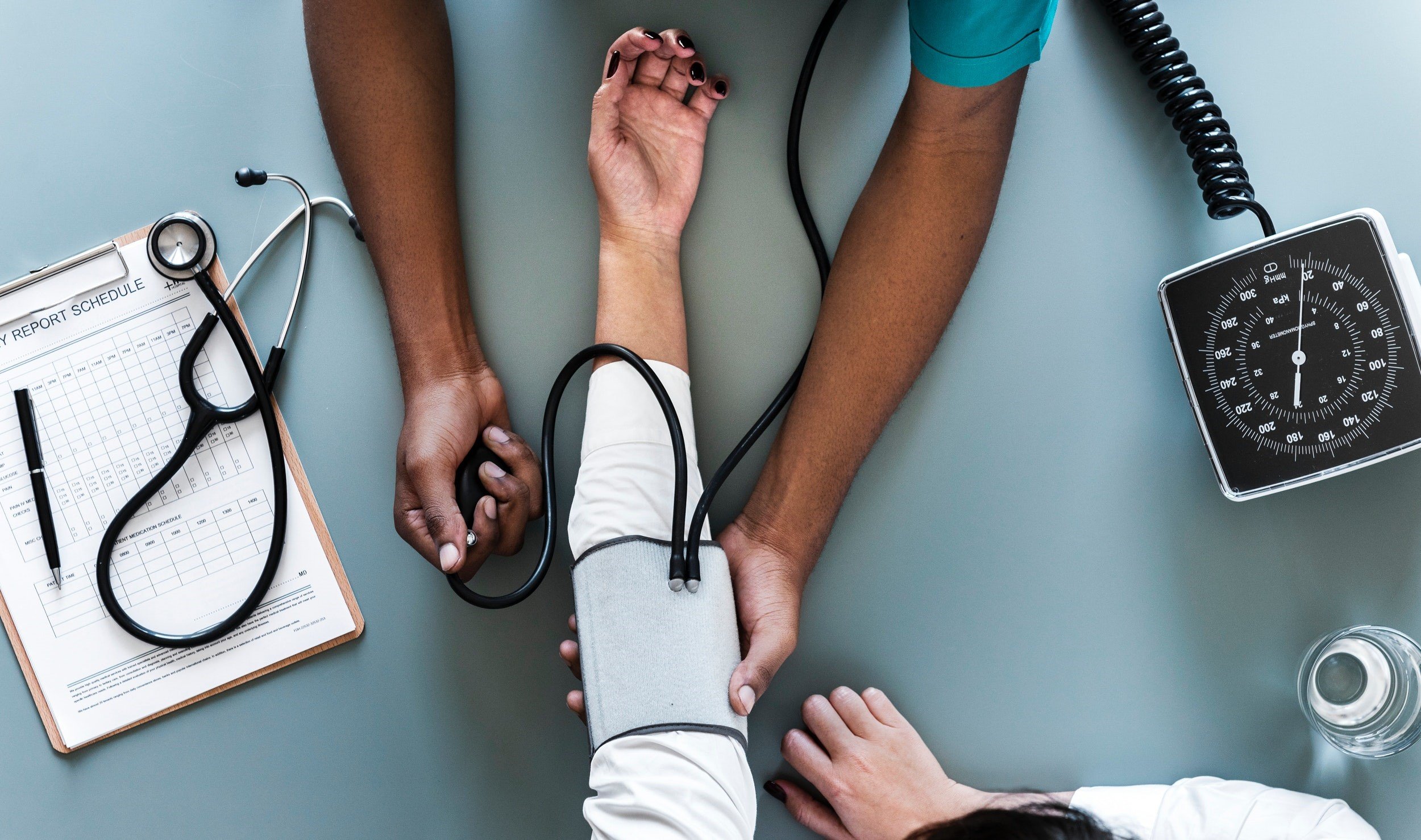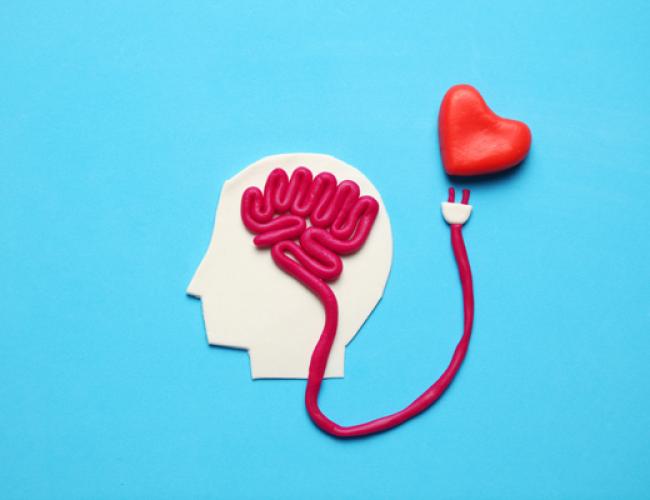
What exactly is CPR? Check about it
CPR (cardiopulmonary resuscitation) is a life-saving procedure. Its goal is to maintain blood and oxygen flowing through a person’s body after their heart and breathing have ceased. CPR is for persons facing cardiac arrest from a Trusted Source. When blood supply to the heart is interrupted, the individual is still aware and not in cardiac arrest, a heart attack occurs. Someone having a heart attack may go into cardiac arrest and should be sent to the hospital very once. CPR can double or treble the odds of survival following cardiac arrest. The fundamental purpose of CPR is to maintain blood flow until medical personnel arrive. The steps of CPR alter depending on whether the individual is an adult, child, or newborn.
Types of CPR
There are two methods of CPR, both of which have the ability to save lives. They are as follows:

- Hands-only CPR Involves a trusted source calling for assistance and then rapidly pushing on the chest. These are known as chest compressions. Hands-only CPR can help to keep blood flowing across the body.
- Traditional CPR with breaths, this technique, also known as CPR with breaths, alternates chest compressions with mouth-to-mouth breathing. This type of CPR can provide more oxygen to the body in the critical moments before help arrives.
- People who have never received CPR training or who had it many years ago should do hands-only CPR. It’s also ideal for folks who have CPR training but aren’t confident enough to aid someone experiencing cardiac arrest.
- This approach can be used by anyone who have received standard CPR training and are familiar with the process. “Hands-only” CPR, on the other hand, does not include mouth-to-mouth resuscitation. It is still an effective form of CPR that can help a person’s blood flow until professional emergency assistance arrives.
- Adults and teenagers in distress should do hands-only CPR. Adults, teens, children, and infants can all benefit from traditional CPR if they are in cardiac arrest. Sudden cardiac arrests are frequently triggered by a rapid and irregular heart rhythm that originates in the bottom chambers of the heart, or ventricles. This is known as ventricular fibrillation.
- An AED can assist restore normal cardiac rhythm and possibly resuscitate a person whose heart has stopped working. Learn more about the heart’s function. An AED is simple to use with proper training. When used correctly in conjunction with CPR, the device increases a person’s chances of survival significantly.



























